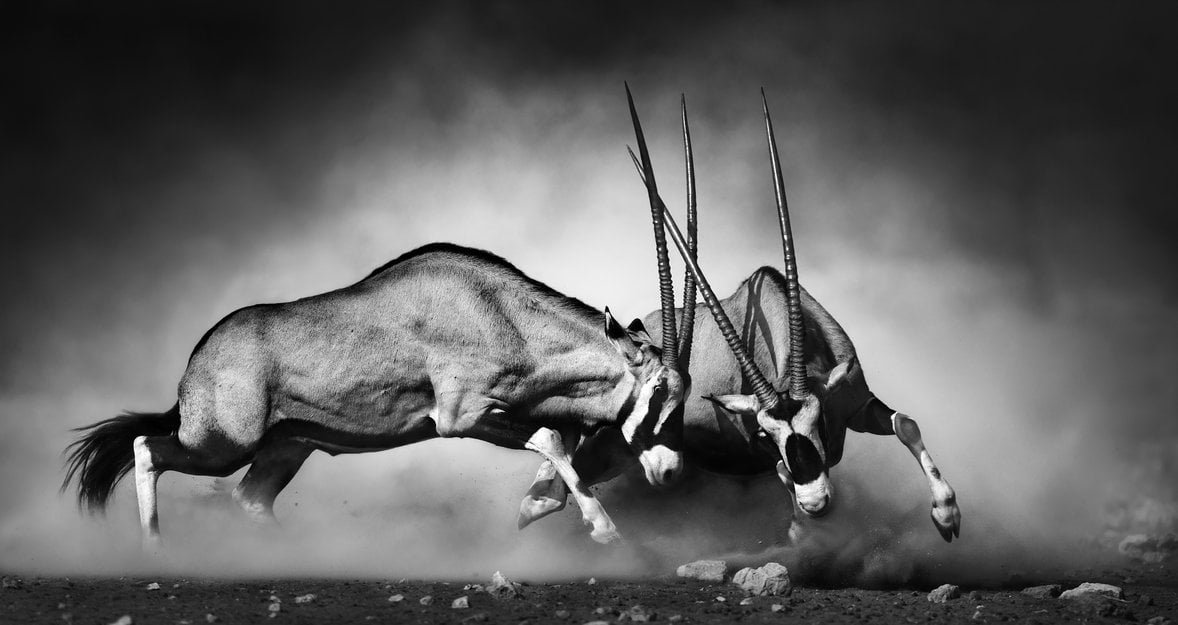There's a timeless allure to black and white photography. Without the distraction of colors, the viewer's attention is drawn directly to the subject, the composition, and, most importantly, the contrast. But within this monochromatic world, there's a niche that stands out even more vividly: high contrast black and white photography.
This style magnifies the power of shadows and highlights, creating images that aren't just memorable—they're arresting. Contrast, especially when heightened, can make a photograph speak volumes, turning a simple capture into a story of light and darkness.
In this post, we'll delve deep into the art of mastering contrast to help you achieve stunning visual impact in your black-and-white shots.
Dive in and discover the transformative power of contrast!
Overview of Black and White Photography and Why Contrast is Vital
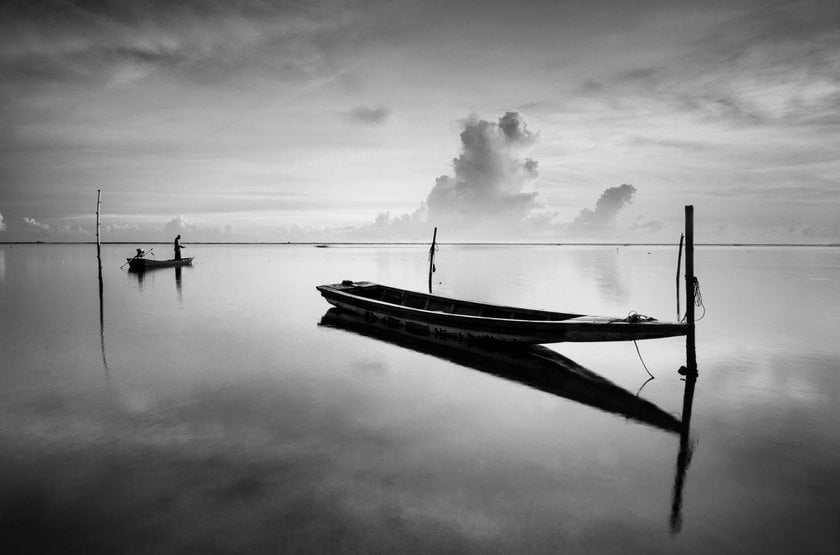 Black and white photography is more than just the absence of color. It's a style, a statement, and a perspective. It strips an image down to its bare essentials, allowing the photographer to tell a story using only light and shadow. But with the color palette removed, other elements rise to the forefront, and among these, contrast plays a star role.
Black and white photography is more than just the absence of color. It's a style, a statement, and a perspective. It strips an image down to its bare essentials, allowing the photographer to tell a story using only light and shadow. But with the color palette removed, other elements rise to the forefront, and among these, contrast plays a star role.
So, why is contrast important in photography, especially in black and white?
- Emphasis on Details: In a black-and-white setting, high contrast ensures that details pop. The play of light and dark brings out the intricate textures, patterns, and nuances that might otherwise be overlooked in a colored photograph.
- Depth and Dimension: Contrast adds a three-dimensional feel to images. Shadows create depth, and highlights bring out prominent features, making photographs more lifelike and engaging.
- Emotional Impact: Contrast has the power to set the mood. A high-contrast image might feel dramatic and intense, while a photograph with soft contrast might exude a more serene and dreamy ambiance.
- Guiding the Viewer’s Eye: With the strategic use of contrast, photographers can direct where viewers should look first and what elements to focus on. It’s a way to control the narrative without saying a word.
In essence, contrast is the unsung hero of black-and-white photography. It's the element that ensures your images are not just seen but felt, turning simple captures into evocative masterpieces!
How Our Eyes Perceive Contrast and Its Emotional Impact
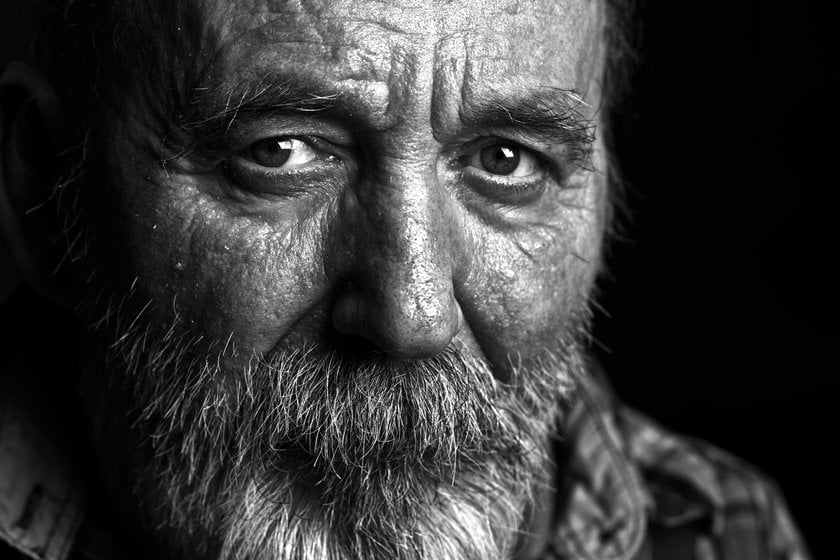 When it comes to visuals, our eyes are naturally drawn to differences. Just as we'd spot a bright yellow umbrella amidst a sea of black ones in photography, particularly in black and white contrast, the disparities between light and dark are incredibly captivating.
When it comes to visuals, our eyes are naturally drawn to differences. Just as we'd spot a bright yellow umbrella amidst a sea of black ones in photography, particularly in black and white contrast, the disparities between light and dark are incredibly captivating.
Here’s a simplified breakdown of how this works:
- Natural Attraction to Differences: Our eyes are biologically wired to notice variations. In a scene where everything is uniform, a contrasting element stands out immediately. This is especially true in black-and-white photography, where differences in tonal values become the main attraction.
- Depth Perception: High-contrast scenarios in black and white photographs give our eyes vital clues about depth and spatial relationships. A shadow might indicate a recess, while a highlighted area could signify a protruding element. This depth creates a more immersive viewing experience.
- Emotional Resonance: The starkness of black and white contrast often translates to intense emotional responses. Deep shadows might evoke feelings of mystery, melancholy, or introspection, while bright, contrasting highlights can suggest hope, clarity, or revelation.
- Memory Retention: High-contrast visuals are easier for our brains to remember. When an image has strong contrasting elements, it leaves a lasting impression, ensuring it stands out in a viewer's memory.
In sum, the way our eyes and brain react to contrast isn't just a matter of aesthetics. It's deeply rooted in our biology, making contrast not only visually appealing but emotionally compelling as well. In the realm of black-and-white photography, understanding and harnessing this power can elevate your work to new emotional heights.
Transform Your Photos into Classic Monochrome
Try it in Luminar NeoIn-camera Techniques
 Mastering the art of black and white photography begins long before post-production. It starts with how you capture the image in the first place. Here are some in-camera techniques that can enhance the compelling contrasts of your black-and-white shots.
Mastering the art of black and white photography begins long before post-production. It starts with how you capture the image in the first place. Here are some in-camera techniques that can enhance the compelling contrasts of your black-and-white shots.
Utilizing Light and Shadows:
- Golden Hours: The time just after sunrise and before sunset is a treasure trove for capturing dynamic shadows and highlighting features.
- Side Lighting: Positioning your subject so the light hits it from the side can create dramatic shadows and depth. It emphasizes the contours and texture of the subject.
- Backlighting: Having the light source behind your subject can create a striking silhouette, especially effective in black and white photography.
Composition Choices for Contrasting Elements:
- Juxtaposition: Place light and dark elements side by side. For instance, a dark tree against a bright sky or a white shirt on a shadowed background.
- Using Patterns and Breaks: A regular pattern with a sudden break or change can create a focal point. For example, a series of dark windows with one lit one.
- Leading Lines: Use lines, whether natural or man-made, to lead the viewer's eye and introduce contrast. A dark road cutting through a snowy landscape can be a good example.
Framing Your Photo:
- Choosing the Right Frame: If you're considering presenting your work physically, the question often arises, "What color frame for black and white photo?" A simple answer: high-contrast photos often benefit from simple, unobtrusive frames. Black frames can add weight and drama, while white frames offer a clean, modern look that doesn't distract from the photo itself.
By making conscious choices when you're shooting, you set the foundation for a powerful black-and-white image. From there, post-processing can further enhance and refine the contrasts to achieve your envisioned result!
Post-processing Adjustments
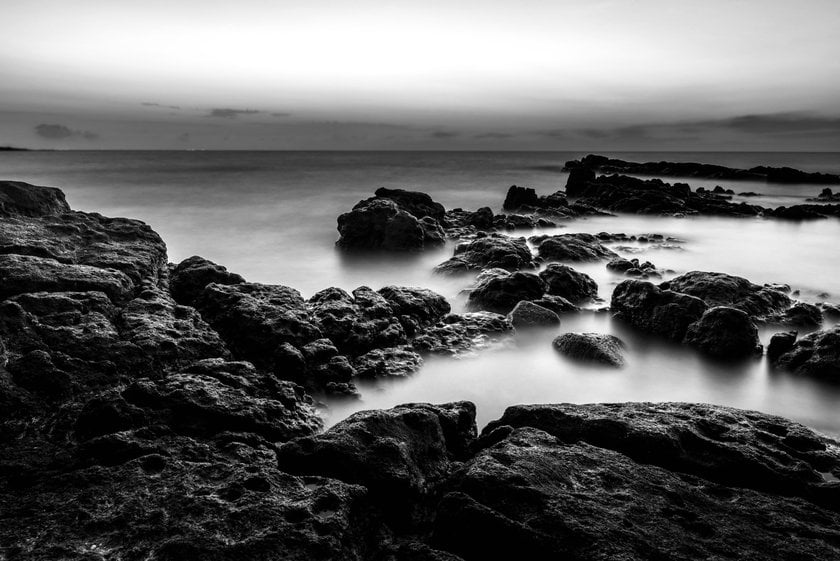 The realm of post-processing is where the magic truly happens in photography, turning good shots into exceptional ones. With platforms like Luminar Neo, the task becomes both artistic and precise. Let’s delve into how you can fine-tune your black-and-white images using this advanced software:
The realm of post-processing is where the magic truly happens in photography, turning good shots into exceptional ones. With platforms like Luminar Neo, the task becomes both artistic and precise. Let’s delve into how you can fine-tune your black-and-white images using this advanced software:
Black and White Image Converter in Luminar Neo:
- Before diving into the specifics of adjusting levels and curves, the initial step is converting your colored image into black and white. Luminar Neo offers a powerful black and white image converter tool, which doesn't just strip away colors but intelligently assesses and optimizes the tonal values for the best results.
Using Levels and Curves:
- Levels: By manipulating the black, white, and mid-tone points in Luminar Neo, you can determine and optimize the image's overall contrast and brightness. This allows for a balanced yet striking contrast.
- Curves: A tool for those who want finer control. With Curves in Luminar Neo, you can target specific tonal ranges, adjusting brightness and contrast selectively to sculpt your image.
Dodging and Burning:
- These age-old techniques have been given a fresh spin in Luminar Neo. With precision brushes and masking options, you can lighten (dodge) or darken (burn) specific regions, allowing for intricate control over light and shadow, thus enhancing the depth and emotion of the image.
Ensuring Details Aren’t Lost:
- Luminar Neo stands out with its AI-powered enhancement tools. The Details Enhancer sharpens the intricacies without adding unwanted noise or compromising image quality.
- Regular inspections at various zoom levels are vital. This practice ensures that whether it's a subtle texture or a standout feature, every element retains clarity and detail.
The prowess of Luminar Neo in refining and redefining the art of post-processing makes it a top choice for photographers. Whether you're a novice trying out your first black-and-white image converter or a seasoned pro, Luminar Neo equips you to master the intricate world of contrast in black and white photography!
Advanced yet easy-to-use photo editor
Get Luminar Neo NowConclusion
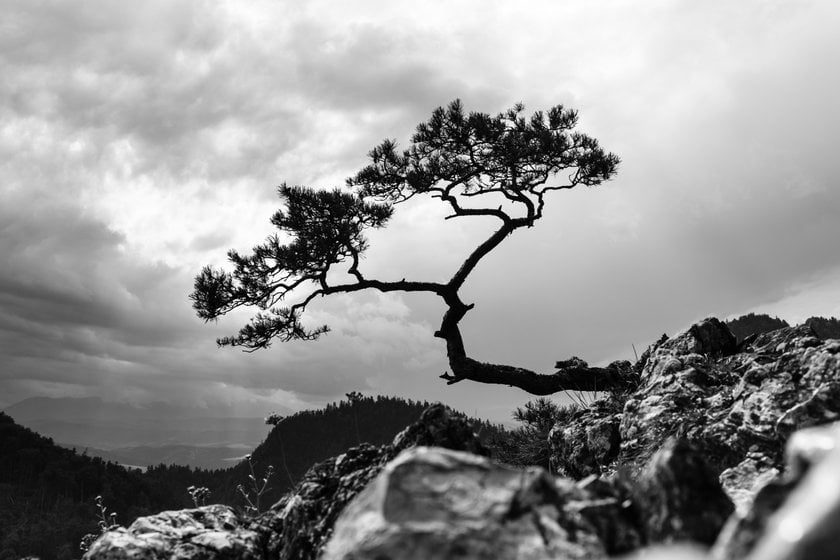 In black and white photography, it's all about contrast—the dance between light and shadow. We've explored why it's important, how our eyes react to it, and tools like Luminar Neo that help perfect it. Simply put, using contrast well turns good photos into great ones.
In black and white photography, it's all about contrast—the dance between light and shadow. We've explored why it's important, how our eyes react to it, and tools like Luminar Neo that help perfect it. Simply put, using contrast well turns good photos into great ones.
So, next time you snap a shot, think about the balance of light and dark. Your photos will thank you for it!
Happy shooting!




